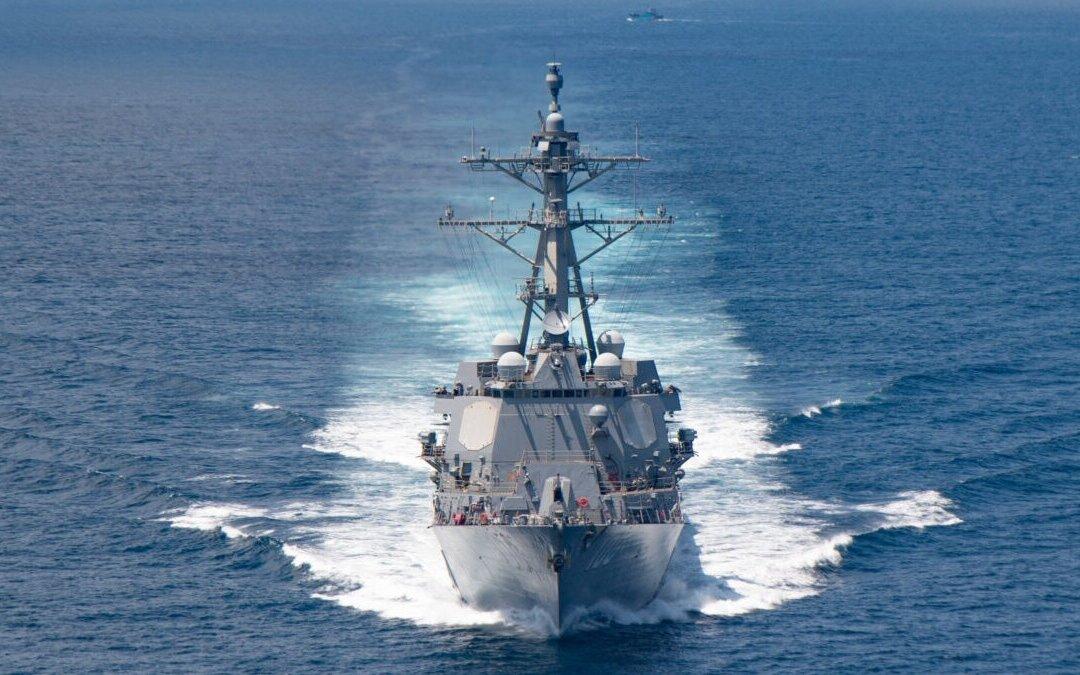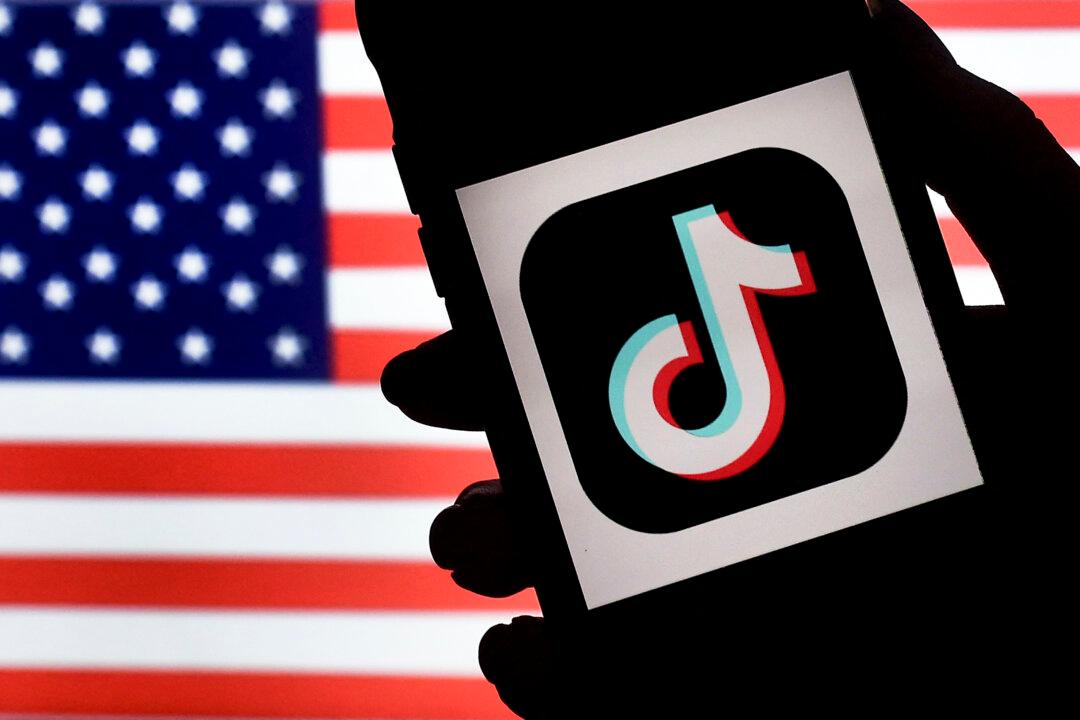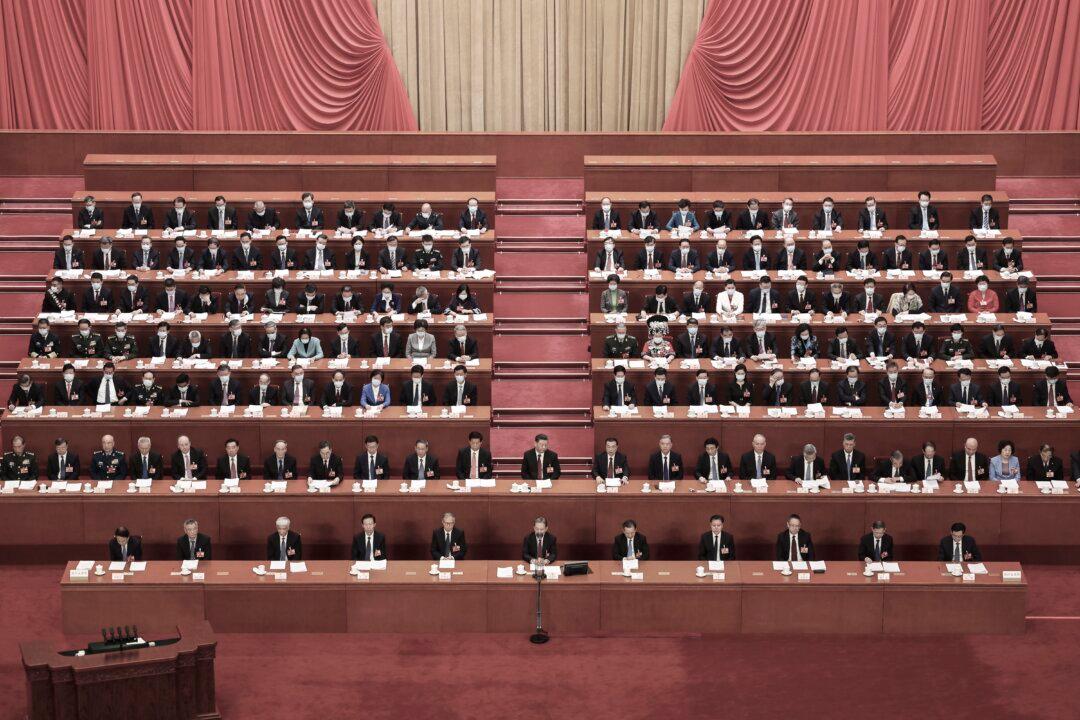News Analysis
Amidst threats of a Chinese invasion of Taiwan, a Chinese naval ship just intercepted a U.S. Navy ship in the Taiwan Strait, demonstrating the Chinese Communist Party’s (CCP) attempt to drive the United States out of Asia. However, the United States reacted strongly stating that it will firmly maintain a commitment to that part of the world and is well aware that the Indo-Pacific region is critical to the security and prosperity of the United States.




